In this simple example I have two activities ActivityA and ActivityB.
ActivityA is the foreground activity. User clicks a button that executes dispatchActivityBIntent() that creates a intent and dispatches it to start ActivityB.
Intent intent = new Intent(this, ActivityB.class);
startActivity(intent);
These are the diagrams I came up with
I found a previous answer discuss about potraying this in a class diagram.
Alternate way. Is this wrong to show like this?




